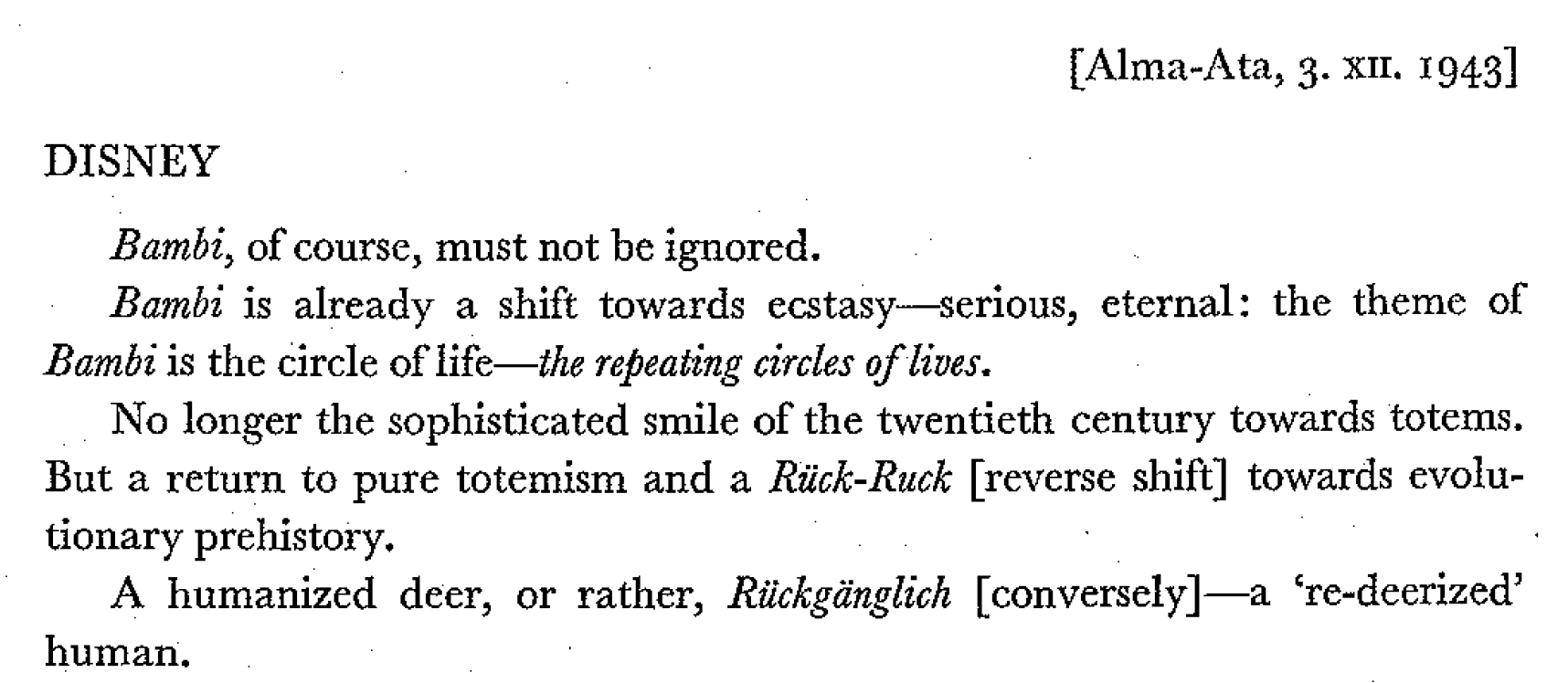Moringa oleifera, an edible tree found worldwide in the dry tropics, is increasingly being used for nutritional supplementation. Its nutrient-dense leaves are high in protein quality, leading to its widespread use by doctors, healers, nutritionists and community leaders, to treat under-nutrition and a variety of illnesses. Despite the fact that no rigorous clinical trial has tested its efficacy for treating under-nutrition, the adoption of M. oleifera continues to increase. The “Diffusion of innovations theory” describes well the evidence for growth and adoption of dietary M. oleifera leaves, and it highlights the need for a scientific consensus on the nutritional benefits. […]
The regions most burdened by under-nutrition, (in Africa, Asia, Latin America, and the Caribbean) all share the ability to grow and utilize an edible plant, Moringa oleifera, commonly referred to as “The Miracle Tree.” For hundreds of years, traditional healers have prescribed different parts of M. oleifera for treatment of skin diseases, respiratory illnesses, ear and dental infections, hypertension, diabetes, cancer treatment, water purification, and have promoted its use as a nutrient dense food source. The leaves of M. oleifera have been reported to be a valuable source of both macro- and micronutrients and is now found growing within tropical and subtropical regions worldwide, congruent with the geographies where its nutritional benefits are most needed.
Anecdotal evidence of benefits from M. oleifera has fueled a recent increase in adoption of and attention to its many healing benefits, specifically the high nutrient composition of the plants leaves and seeds. Trees for Life, an NGO based in the United States has promoted the nutritional benefits of Moringa around the world, and their nutritional comparison has been widely copied and is now taken on faith by many: “Gram for gram fresh leaves of M. oleifera have 4 times the vitamin A of carrots, 7 times the vitamin C of oranges, 4 times the calcium of milk, 3 times the potassium of bananas, ¾ the iron of spinach, and 2 times the protein of yogurt” (Trees for Life, 2005).
Feeding animals M. oleifera leaves results in both weight gain and improved nutritional status. However, scientifically robust trials testing its efficacy for undernourished human beings have not yet been reported. If the wealth of anecdotal evidence (not cited herein) can be supported by robust clinical evidence, countries with a high prevalence of under-nutrition might have at their fingertips, a sustainable solution to some of their nutritional challenges. […]
The “Diffusion of Innovations” theory explains the recent increase in M. oleifera adoption by various international organizations and certain constituencies within undernourished populations, in the same manner as it has been so useful in explaining the adoption of many of the innovative agricultural practices in the 1940-1960s. […] A sigmoidal curve (Figure 1), illustrates the adoption process starting with innovators (traditional healers in the case of M. oleifera), who communicate and influence early adopters, (international organizations), who then broadcast over time new information on M. oleifera adoption, in the wake of which adoption rate steadily increases.
{ Ecology of Food and Nutrition | Continue reading }


















